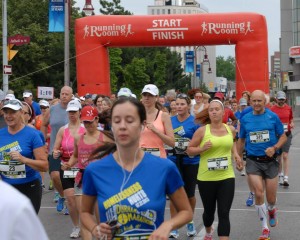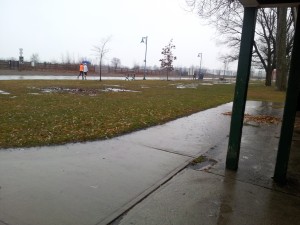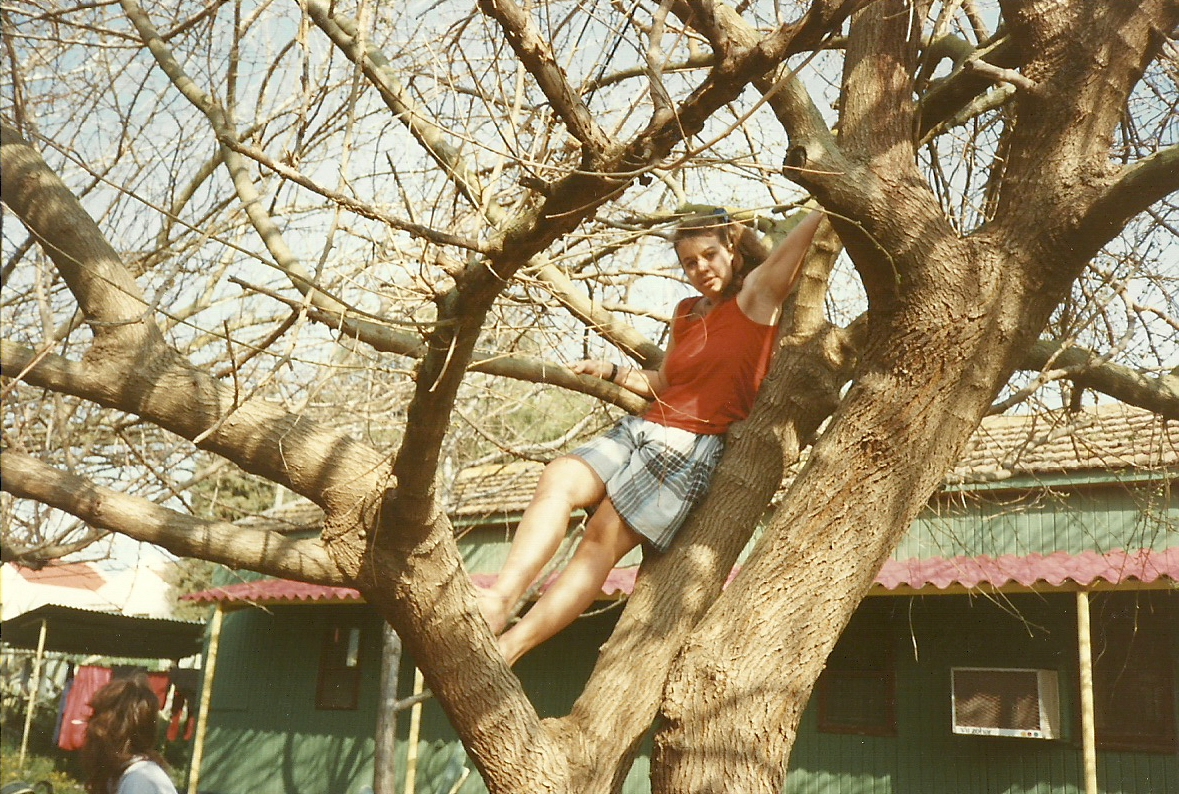1. There was free undercover parking just a block away from the start line. It was refreshing, not having to walk half the distance of the race just to get from my car to the start.
2. The race kit included some nice goodies, including a water bottle (runners can never have too many of those) and a super-cool race shirt that actually fits properly.
3. The cause is just too worthy for words. This race benefits The Refuge, which helps homeless youth. Runners were given a practical way to help: the race kit was packaged in a sturdy cardboard box, which could later be filled with donations like food and diapers, and returned to The Refuge.
4. This race was a fairly small event – about 600 participants. This gave it a strong community feel, and it meant short Porta-Potty lineups.
5. The course is fantastic. The unusual distance (10.549km) appeals to my quirky nature, and most of it is run on park trails. The course doesn’t lend itself to crowd support, but it is scenic and has plenty of natural shade.
6. The finish line is at a lower elevation than the start line, meaning that most of the run is downhill. It’s not as easy as it sounds, though, because most of the downhill bits are in the first half. There are a couple of monster hills in the second half. Last year I was able to power up the first of these hills, but faded going up the second one. This year, I paced myself more sensibly in the beginning of the race, and I was able to tackle both hills head-on.
7. This year the finish line was moved to the parking lot. Runners veered off the lakeside trail and ran in a loop around the parking lot to the finish. The layout lent itself to great crowd support at the finish, and the show-off in me appreciated this. The extra cheers spurred on a great finishing kick.
8. There was a lot going on in the finish line area – enough to keep tired runners fed, hydrated, massaged and entertained – but not so much that it was overwhelming. I didn’t have to fight my way through crowds to get what I needed, and I enjoyed meandering around the various displays while I ate my post-race banana.
9. All of the volunteers on the course, and at the start and finish areas, were so nice. One in particular – the lady who retrieved my bag from the baggage check – engaged me in friendly conversation, and seemed genuinely thrilled that I had had such a good race. That little interaction added a nice personal touch to the event.
10. The shuttle bus was not a school bus, like it is at many other races. I always feel sorry for the kids who have to ride on those things every day. They have to plunk their bums on a seat that’s as comfortable as a two-by-four, and then get bounced around like jelly-beans. At this race, I got to ride back to the start line area in a bus with comfy padded seats.
Thank you to the organizers, volunteers, police officers, spectators and fellow runners for making the Durham Quarter Marathon such a fun event. I will be back next year – this race has earned a permanent place on my annual race calendar.
This is an original post by Kirsten Doyle. Photo credit to the Durham Quarter Marathon.












